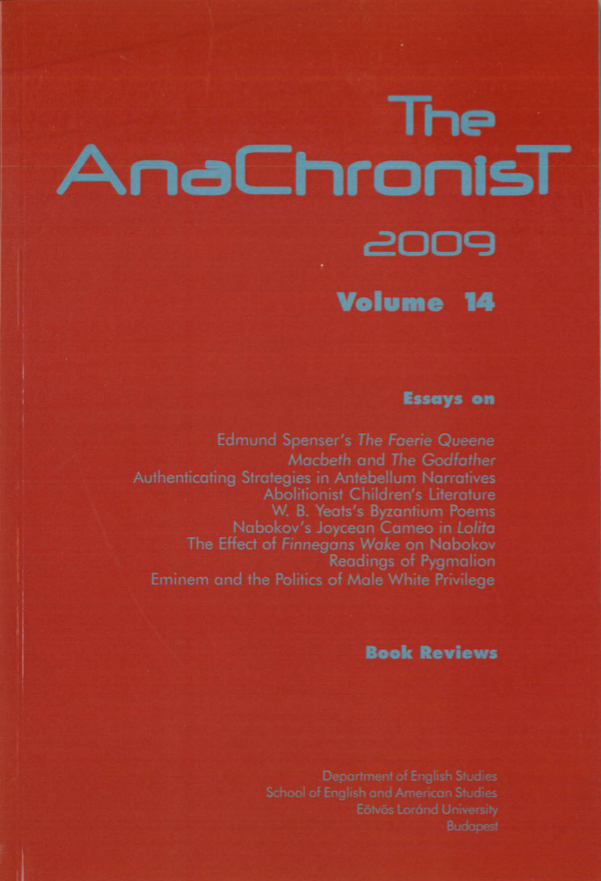Re-Conceiving Britomart
Spenser's Shift in the Fashioning of Feminine Virtue between Books 3 and 5 of The Faerie Queene
DOI:
https://doi.org/10.53720/DMNI7935Abstract
In Books 3 and 5 of The Faerie Queene, the crux of virtue is that one must be able to conceive the difference between right and wrong. But what happens when, according to popular 16th-century belief, "conception" - the ability to generate both intellectual knowledge and biological progeny - is limited to the males of the species? Is the female knight of Chastity an oxymoron? This essay examines Spenser's shift in his representation of Britomart's "virtue" in the 1590 and 1596 versions and the implications generated for the fashioning of both Britomart and her female readers - especially Queen Elizabeth. I will show how Spenser espouses a traditional Aristotelian (one-sex) model of creation in Britomart's story in Book 3 in order to demonstrate his shift to an egalitarian, dual-sexed model in her reprisal in Book 5. Spenser's revision of Britomart's capacity for "conception" and the resulting implications for fashioning her "virtue" will also be analyzed via the palimpsest of allusions to Ovid's Metamorphoses, Plutarch's The Myth of Isis and Osiris, and Apuleius' The Golden Ass.

